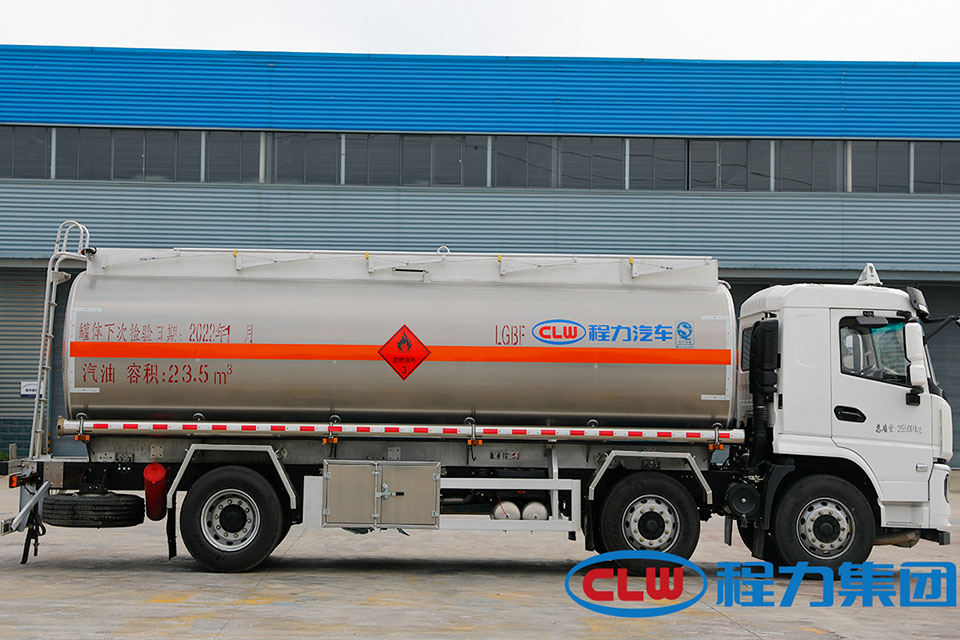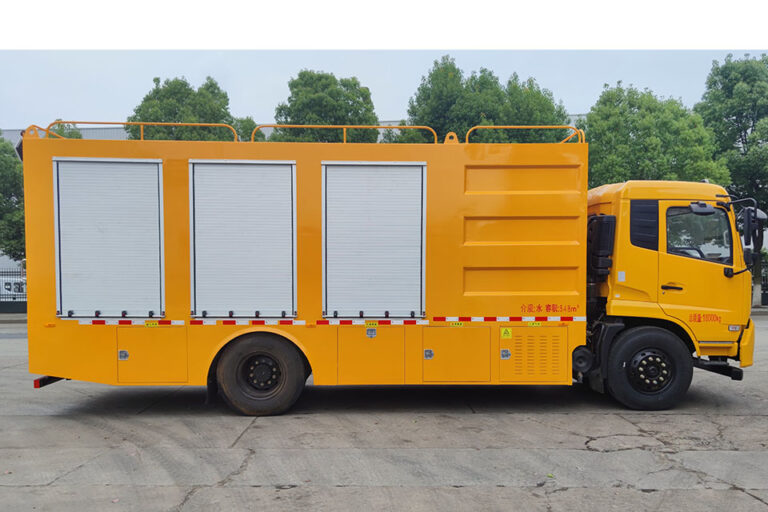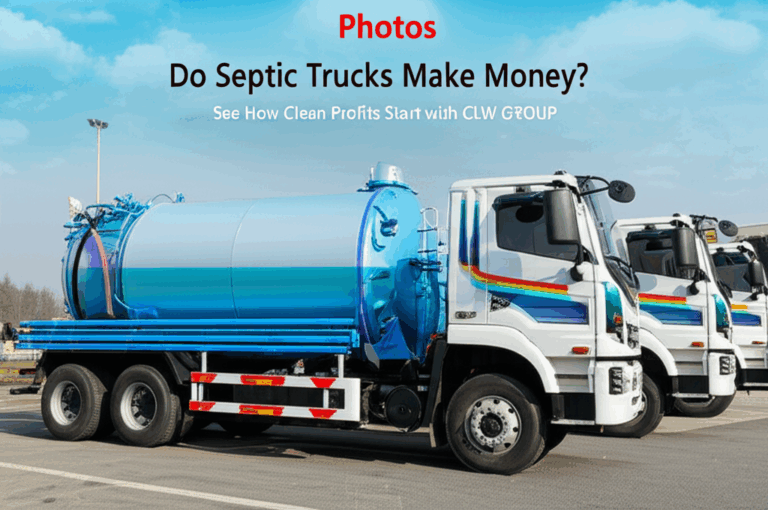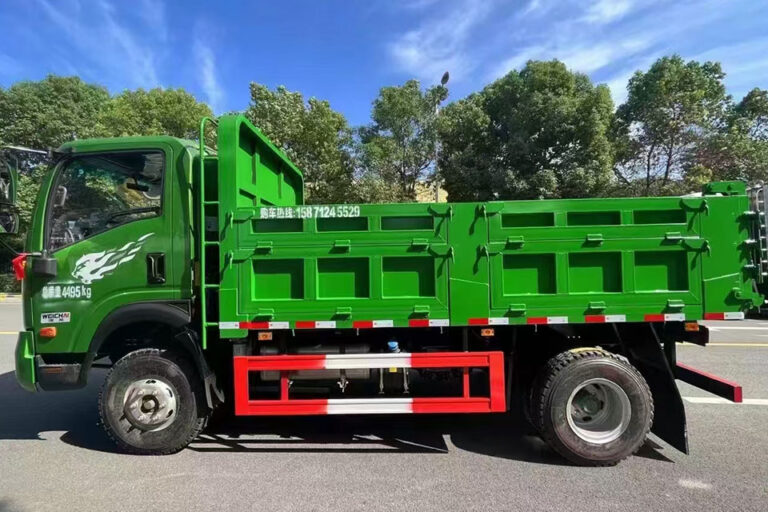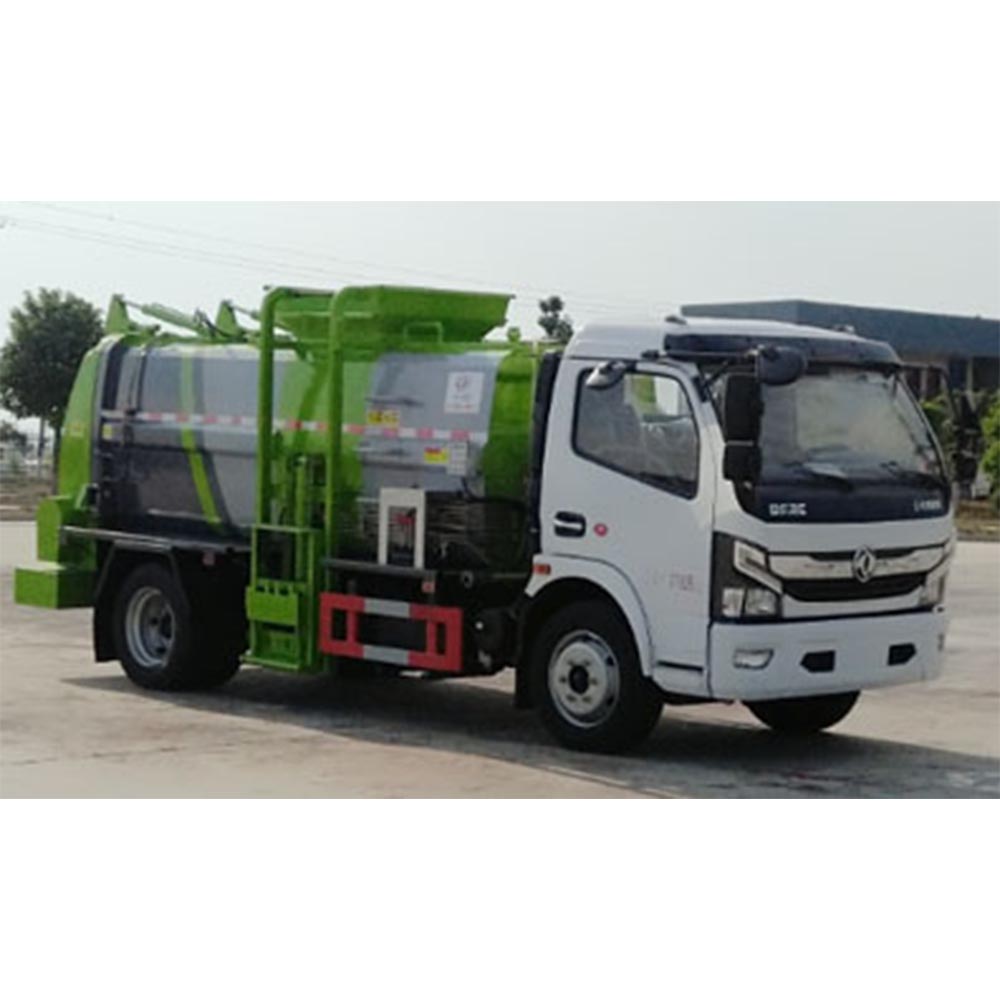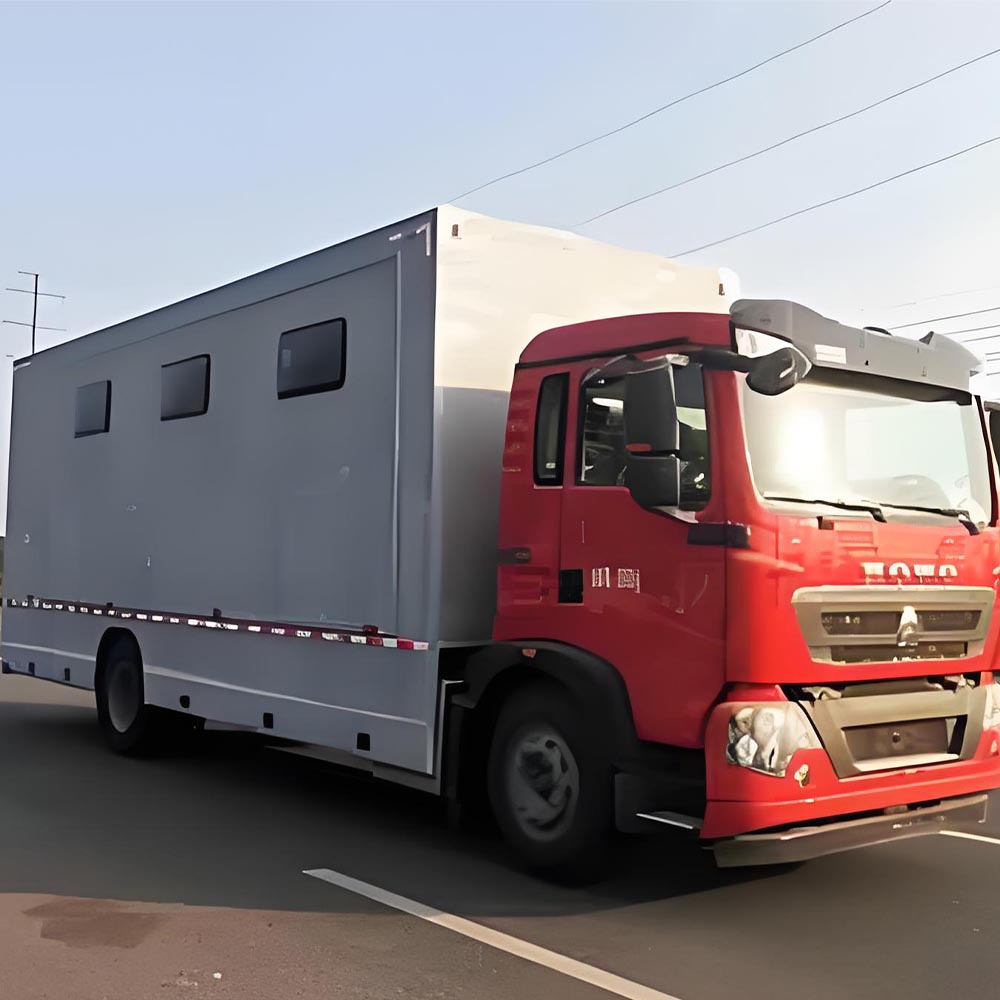-
Chengli Automobile Industry Park
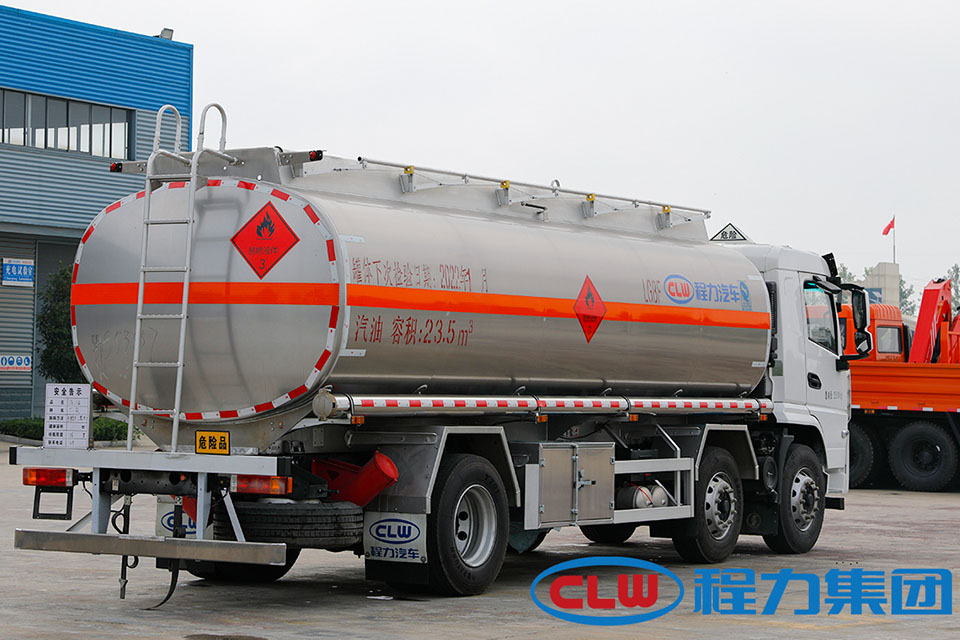
Truckers, how dangerous is it to haul a tanker truck?
Truckers, How Dangerous Is It to Haul a Tanker Truck? (2025 Safety Guide)
Are you a truck driver thinking about hauling tanker trucks? Or maybe you are a fleet manager who wants to know about tanker safety? This guide will help you understand the risks and safety rules for hauling tanker trucks in 2025.
Table of Contents
What Makes Tanker Trucks More Dangerous?
Hauling a tanker truck is not like driving a regular truck. The liquid inside can move around while you drive. This makes the truck harder to control.
CLW Truck Company Global Presence Since 2004
Specializing in emergency vehicles and new energy solutions
50+ Countries
Exporting to more than 50 countries and regions worldwide
1,786 Employees
Dedicated workforce ensuring quality and innovation
610 Acre Facility
Sprawling manufacturing and R&D complex
1.645B RMB Assets
Financial strength supporting global operations
Key Danger Factors:
- Moving liquid can shift while driving
- Higher center of gravity makes rollovers more likely
- Hazardous materials can cause big problems if spilled
- Braking challenges because of the heavy weight
- Tank pressure issues with some loads
Hauling hazardous materials requires special training and safety precautions for truck drivers.
Tanker Truck Safety Data (2025)
| Category | Key Data |
|---|---|
| Accident Rate | Less than 1% of truck accidents involve hazardous cargo |
| Safety Rules | New AEB braking systems required in 2025 |
| Speed Limits | Trucks over 26,000 lbs must have speed limiters (65-70 mph) |
| Training | Enhanced FMCSA training for veteran drivers |
| Compliance Cost | AEB installation: $1,500-$3,000 per truck |
New Safety Rules for Tanker Trucks in 2025
The Federal Motor Carrier Safety Administration (FMCSA) has made new rules for 2025 to make tanker hauling safer.
1. Automatic Emergency Braking (AEB)
All new heavy trucks must have AEB systems starting in 2025. This helps stop crashes before they happen.
What it means for drivers:
- Fewer rear-end crashes
- Shorter stopping distances
- Less severe accidents
2. Speed Limiters
Speed limiters will be required for all heavy trucks over 26,000 pounds. They will cap speeds at 65-70 mph.
Why this matters:
- Speeding is a big cause of tanker rollovers
- Lower speeds mean more time to react
- Safer handling of liquid loads
3. Better Training Requirements
The FMCSA is making better training for drivers who haul hazardous materials.
New training includes:
- How to handle liquid cargo
- What to do in emergencies
- Using new safety tech
- Understanding tank markings
The Biggest Risks When Hauling Tanker Trucks
1. Rollover Accidents
Tanker trucks have a higher center of gravity than regular trucks. This makes them more likely to roll over.
Risk factors for rollovers:
- Taking curves too fast
- Quick steering moves
- Partial loads that allow liquid to slosh
- High winds
2. Hazardous Materials Spills
Even though less than 1% of truck accidents involve hazardous cargo, when these accidents happen, they can be very bad.
Common hazardous loads:
- Fuel (gasoline, diesel)
- Chemicals
- Corrosive liquids
- Flammable gases
Liquid transport trucks and general purpose tankers require specialized safety protocols.
3. Pressure-Related Issues
Some tanker loads are under pressure. If the tank fails, it can cause:
- Explosive release of contents
- Chemical exposure to driver or public
- Fire hazards
4. Braking Challenges
The weight and movement of liquid make tanker trucks harder to stop.
Braking problems include:
- Longer stopping distances
- Uneven braking during partial loads
- Brake fade on long downhill sections
How to Stay Safe Hauling Tankers in 2025
1. Understand Load Dynamics
Know how your liquid load will move in different driving situations.
Safety tips:
- Drive slower around curves
- Use gentle braking
- Keep tanks full or empty when possible
- Watch for load shift warning signs
2. Use Advanced Safety Technology
New safety technology can help prevent tanker accidents.
Helpful tech includes:
- Electronic stability control
- Rollover warning systems
- Automatic braking systems
- Lane departure warnings
3. Follow Special Tanker Driving Techniques
Tanker driving requires special skills.
Key techniques:
- Slower cornering speeds
- Longer following distances
- Gentle acceleration and braking
- Extra caution on ramps and curves
Learn more about tanker truck suppliers and options for safe hauling.
The Cost of Safety Compliance in 2025
Following the new safety rules will cost money.
Technology Costs:
- AEB systems: $1,500-$3,000 per truck
- Speed limiters: $500-$1,500 per truck
- Advanced training: Varies by company
Benefits of Compliance:
- Fewer accidents
- Lower insurance costs
- Less downtime
- Better driver safety
Special Types of Tanker Loads and Their Risks
Different tanker loads have different risks.
Fuel Tankers
Hauling gasoline or diesel means dealing with flammable liquids.
Special concerns:
- Fire risk
- Environmental damage if spilled
- Public safety issues
Chemical Tankers
Chemical loads can be corrosive, toxic, or reactive.
Safety requirements:
- Special placards
- Emergency response plans
- Extra driver training
- Specialized equipment
Food Grade Tankers
Even food liquids like milk have special needs.
Considerations:
- Sanitation standards
- Temperature control
- Cross-contamination prevention
What Fleet Managers Should Know
If you manage a fleet with tankers, here’s what you need to know for 2025:
Compliance Checklist:
- Update driver training programs
- Install required safety technology (AEB, speed limiters)
- Review hazardous materials permits
- Check tank markings for compliance
- Join industry associations for updates
Cost Planning:
- Budget $1,500-$3,000 per truck for AEB systems
- Plan for speed limiter installation costs
- Invest in ongoing training
- Consider insurance savings from compliance
Driver Tips for Safe Tanker Hauling
Before Your Trip:
- Do a thorough inspection of the tanker
- Check all valves and connections
- Verify proper loading and weight distribution
- Review your route for sharp curves or steep grades
While Driving:
- Slow down before curves
- Use engine braking when possible
- Watch your mirrors for load shift signs
- Keep greater distance between vehicles
- Avoid sudden movements with the steering wheel
Future of Tanker Safety (Beyond 2025)
The trucking industry continues to evolve with new technology.
Coming Soon:
- Autonomous tanker technology
- Advanced liquid stabilization systems
- AR displays for drivers showing load dynamics
- Remote monitoring of tank conditions
- Predictive safety analytics
Summary: Is Hauling a Tanker Truck Dangerous?
Yes, hauling a tanker truck is more dangerous than regular trucking. The moving liquid inside creates special challenges. But with proper training, safety equipment, and careful driving, the risks can be managed.
The 2025 safety rules will make tanker hauling safer with:
- Automatic braking systems
- Speed limiters
- Better driver training
- Tank marking standards
By following these safety practices and staying up-to-date with regulations, truckers can safely haul tanker trucks in 2025 and beyond.
Learn more about specialized tanker vehicles for corrosive liquid transport to ensure you’re using the right equipment.
Frequently Asked Questions
Q: Do I need special training to haul a tanker truck?
A: Yes. The FMCSA requires special training for hauling tankers, especially for hazardous materials.
Q: What is the most dangerous type of liquid to haul?
A: Flammable liquids like gasoline and certain chemicals are among the most dangerous.
Q: How much do the new safety systems cost?
A: AEB systems cost $1,500-$3,000 per truck, while speed limiters cost $500-$1,500.
Q: Are tanker accidents common?
A: No. Less than 1% of truck accidents involve hazardous cargo tankers.
Q: What speed will tankers be limited to in 2025?
A: New regulations will limit speeds to 65-70 mph for trucks over 26,000 pounds.
